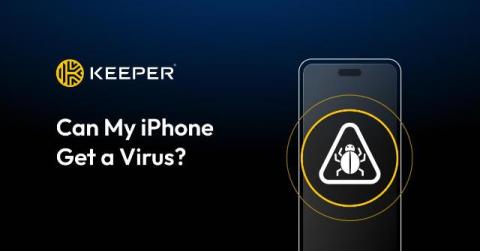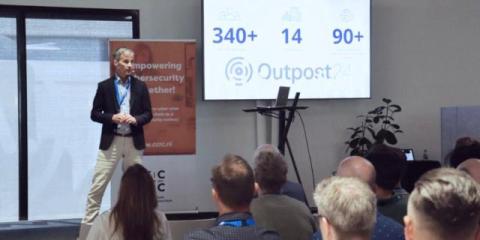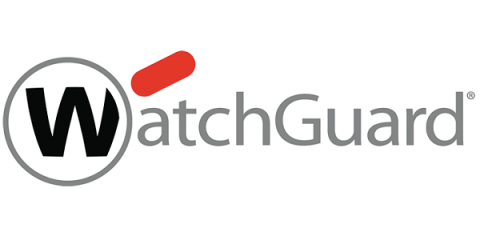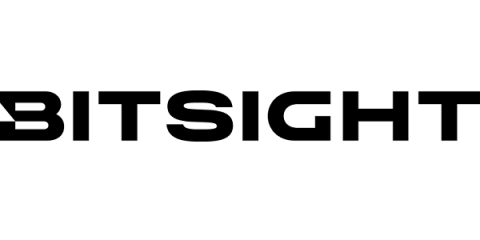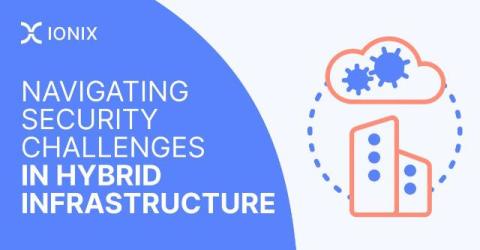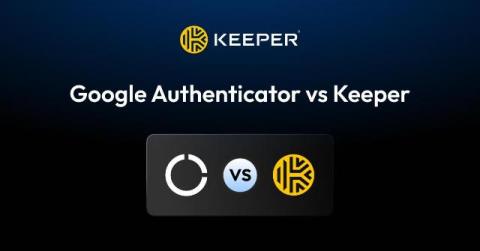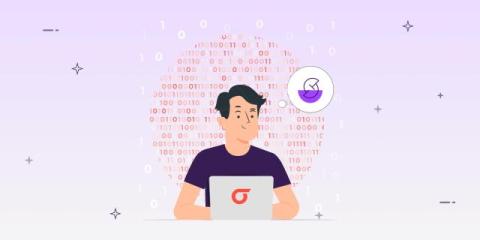Can My iPhone Get a Virus?
Yes, your iPhone can get viruses. However, it is uncommon for iPhones to get viruses due to the nature of Apple’s iPhone Operating System (iOS). Because iPhone users are only able to download apps from the App Store, this makes it much harder for hackers to infect their devices. Having a jailbroken iPhone would make you more susceptible to getting infected with viruses because you could download unauthorized apps outside of the App Store.


